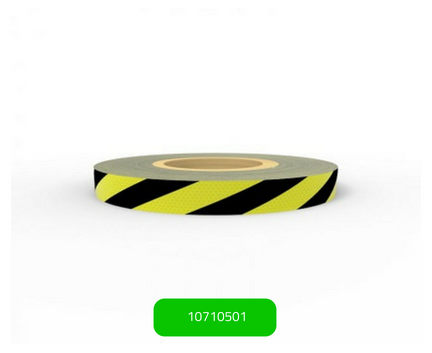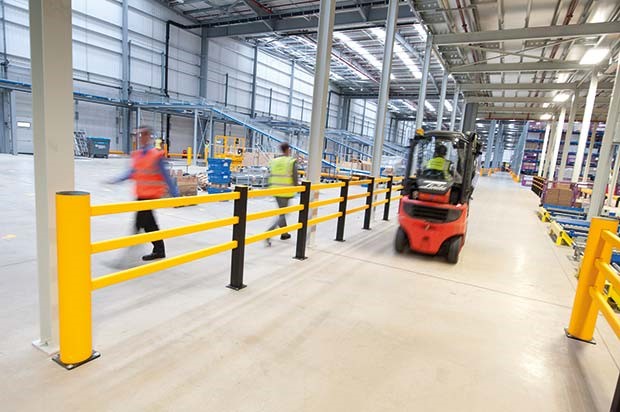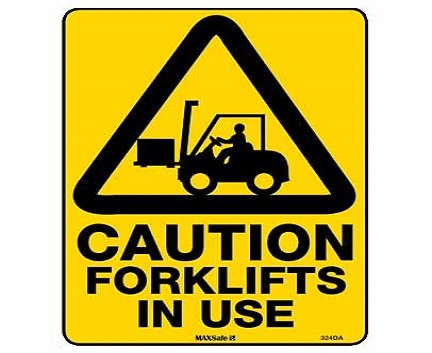6 Tips for Warehouse Traffic Safety

- Home
- News
6 Tips for Warehouse Traffic Safety
![6 Tips for Warehouse Traffic Safety teaser]()
23 Aug 2018
Warehouses are busy, activity-filled places with people, stock and vehicles on the move all the time. There’s likely to be a constant flow of truck and forklift traffic, both in and out of the facility and within it, and this can present a significant challenge when it comes to maintaining a safe work environment for your workforce and visitors.
In order to reduce the number of potential hazards and keep your facility functioning safely and efficiently, there are some clear warehouse traffic safety principles that you can apply.
1. Clear traffic flow
With trucks and vans entering and leaving all the time, and forklifts constantly on the move, clear and well-defined traffic flow is essential in any warehouse or storage facility. One-way traffic lanes can be useful as a means of ensuring vehicles move in a controlled way, as can clearly designated entrance and exit points, and zones for stopping and parking. Marking lanes with safety tape is an effective way of ensuring they’re always visible.

Pictured: Reflective Tape 50mm
2. Safe forklift operation
Anyone with any experience of storage facilities will be aware of the potential risks involved in using forklifts. Wherever possible, forklift and foot traffic should be separated by safety barriers, but where this isn’t an option, traffic control signs should be in place, along with warning signs for pedestrians that they are sharing the area with forklift traffic. Ensure forklift operators are well-trained, aware of their responsibilities, and remain alert as to pedestrian traffic at all times.
3. Walkways and crossings
To create a safe working environment, your aim should be to separate foot and vehicle traffic wherever possible. The physical separation of traffic lanes and pedestrian walkways using verge safety barriers is the ideal solution, but clearly demarcated walkways marked with bollards or reflective tape may also be effective. Safe crossing areas for pedestrians should also be clearly marked, while signs indicating forklifts are in operation in the area should be on display at all times.

4. Eye-catching signage
Clear, easy-to-understand safety signs are crucial in managing warehouse traffic. Whether they’re directed at warehouse staff reminding them that forklifts are in use, or for drivers advising them of the direction of traffic flow, safety signs need to alert people to potential hazards through both words and images. This is especially the case for delivery drivers who don’t come to your premises regularly.

5. Safety protocols for staff and visitors
All warehouse staff, plus anyone visiting your facility, need to be aware of your traffic management plan. For your personnel, this can be achieved through training and reinforcement of expected safety behaviours; for visitors, this will require a combination of eye-catching signage, clearly visible lane markings, and effective separation of foot and vehicle traffic. Visitors should ideally receive an induction as to how traffic moves around your facility, with areas of potential risk highlighted.
6. Regular traffic safety reviews
No matter how impeccable your safety record, people can quickly fall into bad habits, while a safety system that worked previously may not now be matching your current needs. To ensure warehouse traffic safety is being maintained, a regular program of reviews should be put in place to assess the effectiveness of your traffic flow and signage, or define what improvements can be made to better separate foot and vehicle traffic, for instance.

Whether you need reflective tape or safety barriers, we have the safety products to suit your workplace requirements. Contact us today at 1300 305 314 or send us an email at sales@backsafeaustralia.com.au and we will give you the right advice on the best materials handling equipment for your business.
Back To News Stories